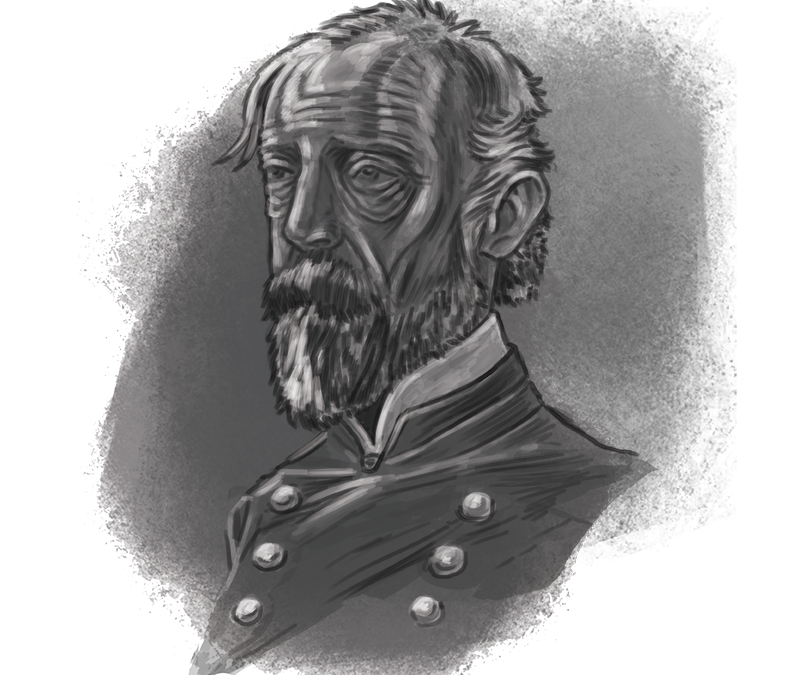Born in Cadiz, Spain in 1815 into the family of US Naval Agent Richard Worsam Meade and Margaret Coats Butler, George Meade entered the United States Military Academy at West Point in 1831 at the age of 16, upon graduating he served in the 3rd U.S. Artillery in Florida for only a year before leaving the Army and gaining employment as a civil engineer for the United States Department of War and the Alabama, Georgia, and Florida Railroad. After getting married to his wife, Margaretta Sergeant and fathering 7 children, he enlisted in the Army again after finding it hard to provide for his family with the less than steady work he was getting as a civilian.
Upon his return he was given the rank of second lieutenant in the Corps of Topographical Engineers. After proving himself during the Mexican-American War (1846-1847) he was involved mostly in lighthouse and breakwater construction and surveying the coast of Florida and New Jersey. His work on the construction of America’s lighthouses was quite prolific, designing such structures as Barnegat Light, Cape May Light, Absecon Light, Sombrero Key Light, and Jupiter Inlet Light. Meade also designed a new hydraulic lamp that was adopted by the U.S. Lighthouse Board for use in American lighthouses.
In 1857, Meade took over the survey mission for the Great Lakes where he helped establish a new system of permanent instrumentation for recording the lakes’ water level and temperature, resulting in the first detailed report in 1860. Meade stayed as the head of the Lakes Survey until 1861 when the Civil War broke out.
During the War Meade was promoted from the rank of captain to brigadier general and served in many famous battles of the war where he showed a talent for strategy, eventually taking command of the Army of the Potomac at Gettysburg, after which he was heralded for his heroic valor as a military genius. From 1866 until the date of his death in 1872 he was a commissioner of Fairmount Park in Philadelphia and held various military commands up until he eventually succumbed to a complications caused by his old wounds and pneumonia.
George Meade left a lasting and physical imprint on the history of the United States, both with his distinguished military career and with many lighthouses and other structures he helped build during the course of his career. His lasting legacy of both bravery in battle and mental acuity will surely be remembered for decades, if not centuries to come.

